In recent years, Scandinavian lifestyle concepts have captivated global audiences, sparking widespread interest in all things Nordic. From ‘hygge' to ‘friluftsliv', here is everything you need to know.
Known the world over for its stunning natural landscapes, minimalist design, and high quality of life, Scandinavia is also a treasure trove of unique lifestyle concepts.
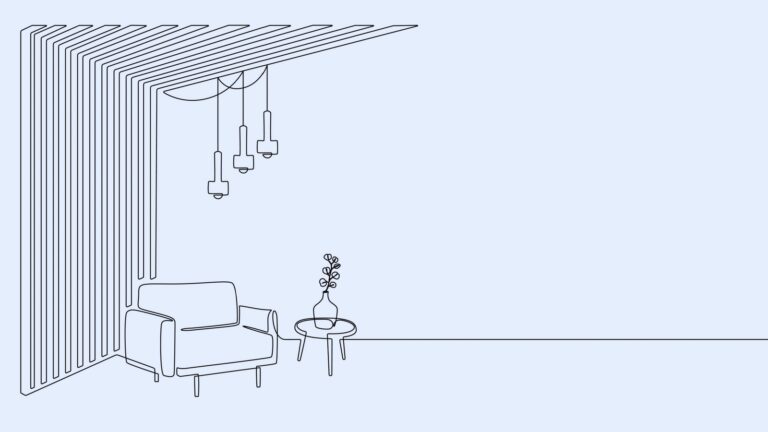
These concepts are deeply embedded in the daily lives of the people in the region of Scandinavia, guiding how they interact with their environment, manage stress, and find contentment.
It began with hygge, which saw an increase the sales of blankets and candles across the world. Hygge’s emphasis on coziness, simplicity, and well-being resonates with people seeking comfort and balance in a fast-paced world.
As a result, Nordic design, cuisine, and cultural practices have gained popularity, with books, products, and even interior design trends inspired by these principles. Of course, that’s somewhat missing the point, but that’s capitalism for you!
This global fascination reflects a growing desire to embrace a more mindful, contented lifestyle, where the focus is on quality over quantity, fostering connection, and finding joy in simple, everyday moments.
But as we’re in Norway, let’s begin with one that defines the Norwegian people perhaps more than any other word.
1. Friluftsliv: Embracing the Outdoors
The Norwegian term ‘friluftsliv’ translates to “open-air living” or perhaps simply an “outdoors lifestyle”. This concept encapsulates the Scandinavian love for nature and the outdoors, regardless of the weather.
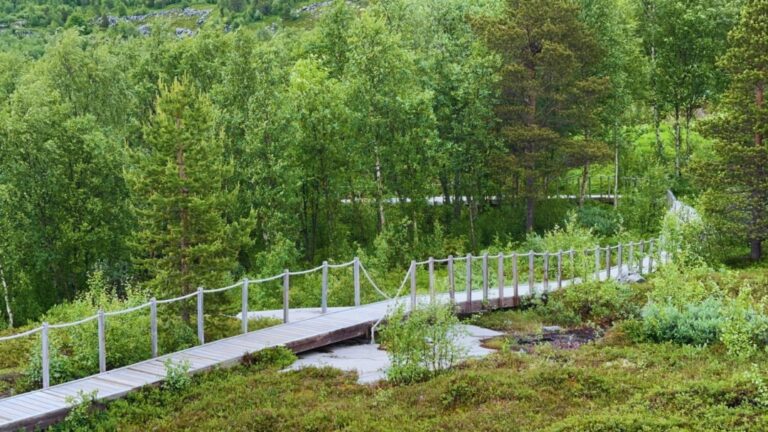
It’s about more than a hobby; it’s a way of life that prioritises spending time outside, whether it’s hiking in the mountains, skiing through forests, or simply taking a walk in the local park.
The roots of friluftsliv date back to the 19th century, when the concept was popularised by Norwegian playwright Henrik Ibsen, who celebrated the spiritual and physical benefits of spending time in nature.
Today, it remains a core part of Scandinavian culture. The idea is not just about being physically active; it’s about reconnecting with nature, finding peace, and rejuvenating the soul.
Throughout Scandinavia, even urban planning reflects this value, with cities designed to ensure easy access to nature.
Friluftsliv is practiced year-round. In winter, when the days are short and cold, Scandinavians embrace activities like cross-country skiing or ice fishing. They also know how to dress to keep warm and dry!
During the summer, they take advantage of the midnight sun to hike, camp, or simply enjoy a long walk. The concept encourages a deep respect for nature and promotes a lifestyle that is both physically and mentally healthy.
2. Hygge: The Art of Coziness
Hygge is a Danish concept that has captured global attention in recent years.

It’s often described as the art of creating a cozy and convivial atmosphere, but it goes beyond just physical comfort. Hygge is about cultivating a sense of warmth, togetherness, and well-being.
I say Danish, but really it’s something that all Scandinavians in common. In Norway, the term ‘koselig’ has a very similar meaning.
Hygge can be ‘experienced’ in various ways, from curling up with a good book by the fireplace, enjoying a candlelit dinner with friends, or sipping hot chocolate while wrapped in a soft blanket. It’s about savoring the simple pleasures of life and creating an environment that fosters relaxation and contentment.
Unlike what some international stores would have you believe, it’s not about buying candles and blankets. Central to hygge is the idea of presence—being fully engaged in the moment.
In our fast-paced world, hygge encourages slowing down, appreciating the little things, and finding joy in the everyday. It’s not about materialism or extravagance; it’s about the quality of the experience and the feeling it evokes.
3. Lagom: A Philosophy of Balance
Lagom is a Swedish term that embodies the idea of balance, or of “just the right amount.”
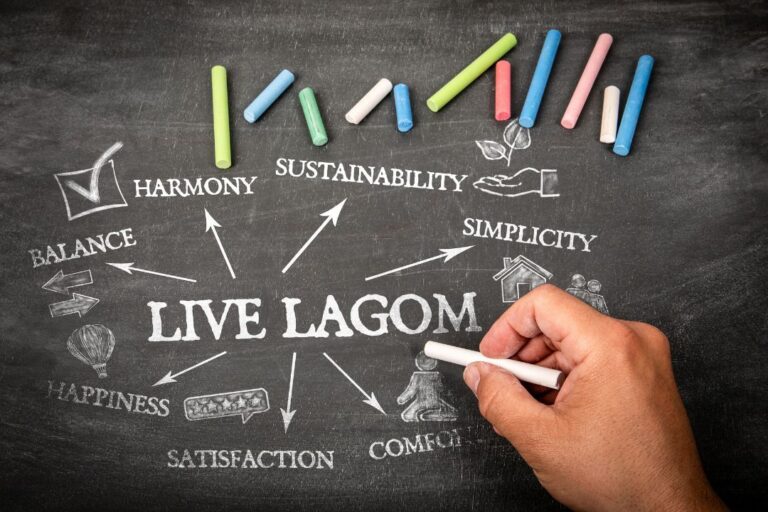
It’s about finding balance in all aspects of life—neither too much nor too little. Lagom applies to everything from work-life balance to consumption habits, and even to personal relationships.
The origins of Lagom are believed to be rooted in the early Middle Ages, where the phrase “lagom är bäst” (the right amount is best) was used to encourage fairness and moderation when sharing resources.
Today, this concept permeates Swedish culture, influencing how people approach daily life. Lagom is reflected in the Swedish approach to work, where a healthy work-life balance is prioritised.
It’s also evident in their sustainable living practices, where moderation in consumption and a focus on environmental responsibility are key. In relationships, Lagom encourages equality and mutual respect.
The beauty of Lagom lies in its simplicity. It teaches us that happiness doesn’t come from excess but from finding harmony and satisfaction in what we already have.
4. Better Sleep with the Scandinavian Sleeping Method
The Scandinavian sleeping method is a sleep practice that’s gaining popularity outside of Scandinavia. This method involves couples sleeping under separate duvets or blankets rather than sharing one.
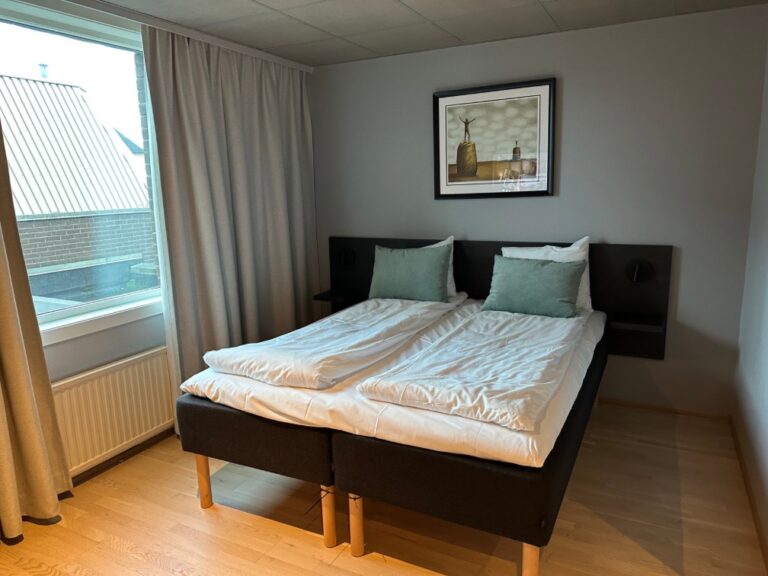
It may sound unconventional, but it’s a common practice in many Scandinavian households and is believed to contribute to better sleep quality.
The reasoning behind this method is simple: sharing a blanket can lead to disruptions in sleep due to one person hogging the covers or causing the other to overheat. By using separate duvets, each person can regulate their own body temperature and sleep more comfortably.
The Scandinavian sleeping method also aligns with the region’s emphasis on personal space and independence. It’s not seen as a sign of relationship issues but rather a practical solution to a common problem.
This method ensures that both partners can enjoy a restful night’s sleep, which in turn contributes to better mood, productivity, and overall well-being.
As more people recognize the importance of sleep for health, trying out the Scandinavian way offers a simple yet effective way to improve sleep quality without compromising intimacy.
5. Fika: The Swedish Coffee Break
Fika is more than just a coffee break in Sweden—it’s a social institution. It’s a moment to relax, recharge, and connect with friends or colleagues.
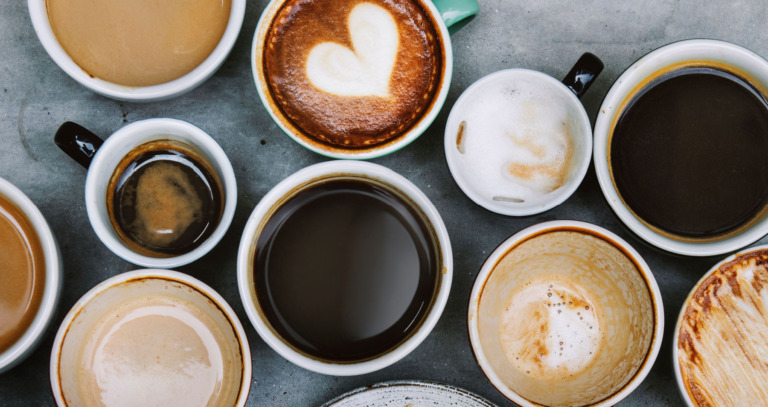
The word “fika” serves as both a noun and a verb, and it involves taking a pause from work or daily activities to enjoy a coffee and something sweet, often in the company of others.
Fika is an integral part of Swedish culture, with many workplaces scheduling two fika breaks each day—one in the morning and one in the afternoon.
It’s about the act of slowing down and making time for conversation and connection, rather than the specifics of what’s served.
The concept of fika reflects the Scandinavian value of work-life balance. It’s a reminder that productivity isn’t just about working hard but also about taking regular breaks to maintain focus and creativity.
Fika encourages mindfulness and social interaction, contributing to a more pleasant and productive work environment.
Fika can be enjoyed anywhere, whether at home, in a café, or at work. It’s often accompanied by pastries like cinnamon buns, making it a delightful experience that nourishes both body and soul.
Whether it’s taking time to connect with nature, creating a cozy atmosphere at home, or simply enjoying a coffee break with friends, the Scandinavian way of life has much to offer in our pursuit of happiness and well-being.


Hello David. Thank you for the interesting comments about the Norse way of enjoying life to its fullest. It is a shame the countries across the pond don’t have the same lifestyle. We would have a more calm life, living with peace and quiet instead of folks that want what you have and relent in ways that interrupt anyone and everyone except themselves. Greed is an example, something that we did not sense in Norway. That added much to our pride in being Norwegians!! A while ago you had told about the Flam railway ride from Oslo to Bergen. It was the most spectacular train ride we have ever had, going through tunnel after tunnel just astonished us as to the degree of knowing the labor that took to accomplish, including the wooden structures covering some of the rails to keep them from avoiding snow slides coming down on trains and burying them!! And then taking the boat ride up the longest fjord! So wonderful to stop at some of the loading/disembarking sites! One of my ancestors, still living, and her daughter, are architects and some of the buildings they have designed and assisted in building are breathtaking. Elsa Solheim and her husband were designers of furniture for ocean liners. Very sleek and comfortable chairs and loungers ever!! He has passed on but she is still with us and living on the Foss/Solum property on Bygdoy. Thank you for sharing so much of our homeland with us. It is so nice to be able to relate to so many things you present. Sincerely, Patrica and Glenn Sallberg
Hello again. Yes! As a child, I lived with my grandmother and grandfather, both immigrants from Norway, and Trondheim. Brown cheese, Brunost, was a standard item on the table and I grew to like it. Also, coffee with lots of sugar, my grandfather’s favorite every morning with donuts she made. Best time of my life, learning some of the heritage I have tried to carry on. We used to tease my mother, telling her that if the sink had an extra faucet, it would be for coffee! She drank it all the time, never too far away from the pot! Thank you again, for sharing some wonderfull memories with us! Patricia Sallberg
Well, Fetsund instead of Norway where my grandmother lived and my grandfather was from Trondheim. Sorry for that!